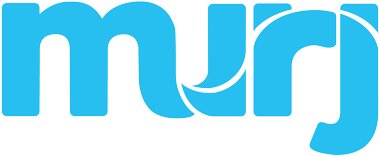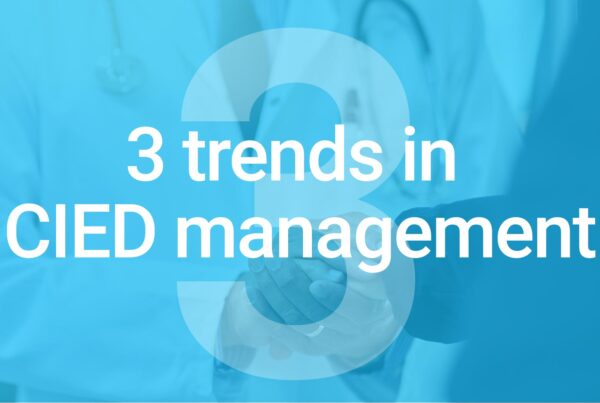Don’t fall for the myth—your historical PaceArt data isn’t vendor-locked.
Cardiac device clinics frequently struggle under the weight of continuous monitoring demands and overwhelming data volumes. Historically, managing cardiac implantable electronic device (CIED) data has relied on legacy, on-premises software, which, while foundational, can often lead to staff overload and decreased compliance with crucial monitoring intervals.
These challenges don’t just affect clinical efficiency; they can also negatively impact patient care and financial health. Furthermore, legacy systems like PaceArt often suffer from inherent variability in data quality and structure due to extensive customization and free-text entries, leading to significant inconsistencies and error rates that can range from 30 to 50 percent. This can result in inaccurate patient rosters and device information, creating inefficiencies and even potential liability.
As CIED clinics increasingly recognize the need for interoperability, scalability, and clinical efficiency, many are transitioning to modern, cloud-based solutions like Murj®. But for those wanting to make the switch but have yet to commit, a key question remains top of mind: What happens to my historic PaceArt patient data?
A common misconception in the industry is that legacy PaceArt data can only be transferred to certain pre-approved systems. In reality, with the right expertise and migration process, that data can be securely and accurately migrated into any modern patient management platform.
What matters most is not whether the data can be moved, but how well it is cleaned, structured, and validated during the transition to ensure clinical accuracy and continuity of care.
Our comprehensive white paper, “Optimizing Patient Data Migration From a Legacy On-premises CIED Database to a Cloud-based Patient Management Platform,” outlines a streamlined, best-practice approach to migrating data from a legacy PaceArt database to the advanced Murj® CIED Management Platform, leveraging insights from 127 projects encompassing over 440,000 patients.
Discover how expert-guided processes, from initial data cleansing to final EHR system integration, offer a pathway through the complexities of data variability and inconsistencies inherent in older systems.
Key takeaways
- Proven, streamlined migration: Learn about a systematic approach to data migration, refined through 127 projects and over 440,000 patients, guaranteeing a fully operational system upon launch with zero downtime.
- Conquering data quality challenges: Understand how to overcome the common pitfalls of legacy systems, such as free-text entries and high error rates, to achieve accurate and complete data essential for patient care and operational efficiency.
- Enhanced efficiency and compliance: Discover how a selective, expert-guided migration to Murj® leads to significant improvements in operational efficiency, a dramatic increase in patient monitoring compliance from <40 to 90 percent, and reduced liability.
- Expert-led transition for a fresh start: Gain insights into how dedicated data migration specialists, with deep experience in both legacy and modern CIED platforms, will guide your clinical and technical teams, enabling a fresh start with a clean, accurate dataset tailored to your clinic’s ongoing needs.
Authors
Melissa A Allen, LMR, CCT, CCDS
Manager
Norton Heart and Vascular, Heart Rhythm Center, Louisville, Ky.
Christy Bricker, CPHIMS
Vice President of Strategic Services
Murj, Santa Cruz, Calif.
Eric Johnson
Senior Data Engineer
Murj, Santa Cruz, Calif
Timothy M. Stivland, MBA, BSE
Clinical Advisor
Kodiak Ridge Consulting, St. Paul Minn.





